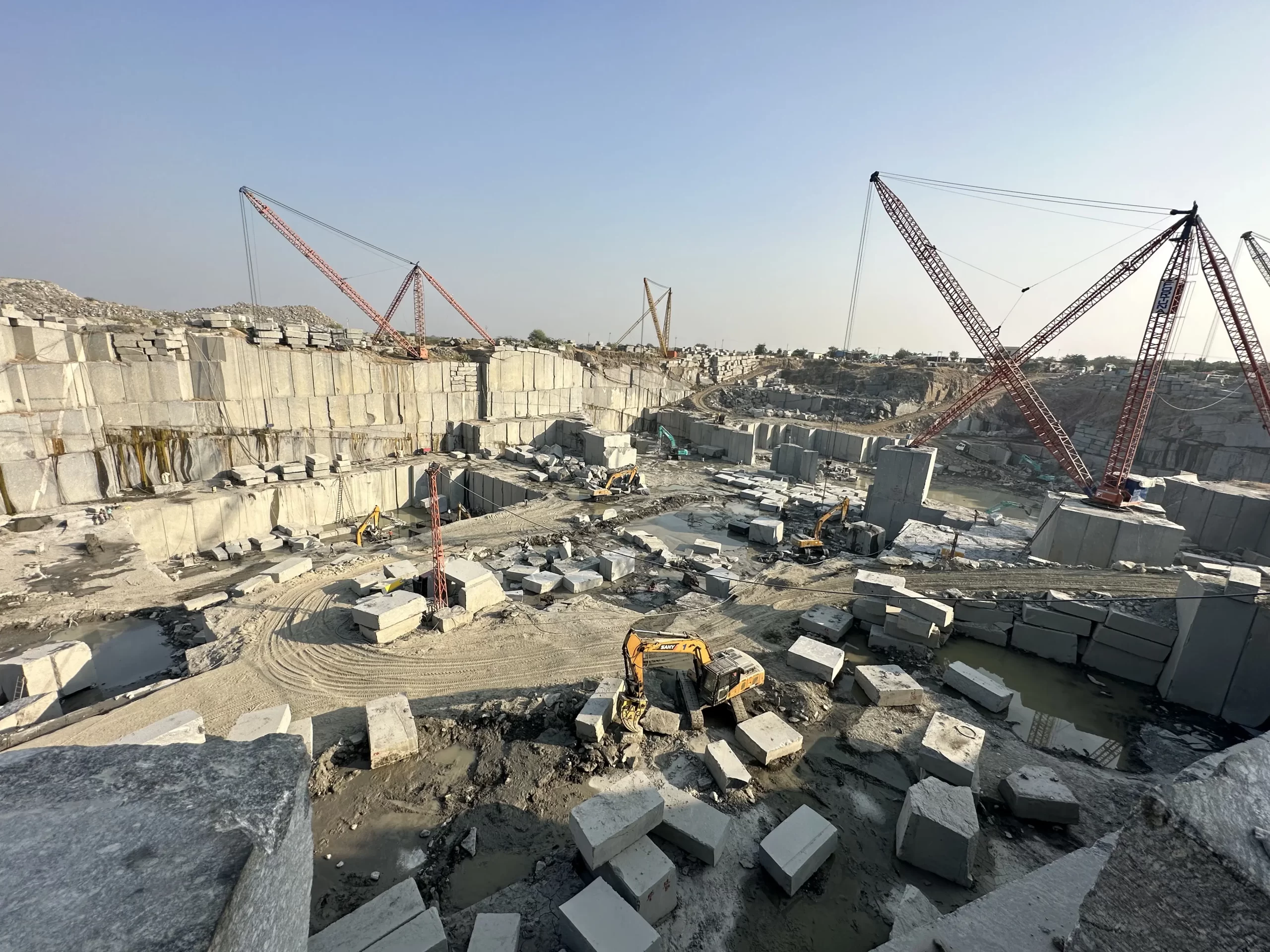Diving right into of Granite Quarries in South Africa
Diving right into of Granite Quarries in South Africa
Blog Article
Introducing the Mysteries of Granite Quarrying: Where Stamina and Style Meet
The world of granite quarrying is a realm where the raw toughness of nature assembles with human artistry to produce frameworks that stand the test of time with an air of beauty. From the midsts of quarries to the thorough sprucing up in workshops, the process of transforming granite right into architectural marvels is a complicated dance of custom and technology. As we peer into the depths of this old craft, we start to discover the concealed ins and outs that form the extremely essence of our built atmosphere.
The Beginnings of Granite Quarrying
In the record of building history, the beginnings of granite quarrying are shrouded in a tapestry of old craftsmanship and geological marvels. Dating back to ancient Egypt and Mesopotamia, the extraction of granite from quarries noted the start of a trip that would eventually lead to the development of a few of the world's most legendary frameworks.
Granite quarrying's roots can be traced to the skilled artisans who recognized the rock's toughness and aesthetic charm. With a combination of primitive devices and sheer resolution, these very early quarry workers discovered granite blocks that would certainly become the building blocks of worlds.
As worlds evolved, so did the methods of quarrying granite. The Romans, renowned for their engineering prowess, developed sophisticated approaches for removing granite to construct monuments, holy places, and roads that stood the test of time.
The legacy of these old quarrying practices continues to shape modern-day architecture, with granite continuing to be a sign of toughness and style in building projects around the world. (granite quarries in south africa)
Devices of the Quarrying Trade
The evolution of granite quarrying strategies from old people to modern times highlights the important duty played by the tools of the quarrying sell shaping the market's methods. In ancient times, quarrying tools were rudimentary, often being composed of knives, hammers, and wedges made from materials like bronze or iron. These tools called for considerable workforce and time to extract granite blocks from quarries.

In addition, the intro of pneumatic devices and high-powered machinery has actually substantially reduced the physical labor required in quarrying operations, boosting employee security and performance. As the quarrying industry remains to innovate, the tools of the trade stay at the leading edge of driving progress and forming the future of granite removal.
Drawing Out Blocks of Granite
Using precision machinery and progressed methods, the removal of granite blocks from quarries has actually become a sophisticated process in the modern quarrying industry. The first step includes determining the place and size of the granite down payment to determine one of the most effective removal method. As soon as a suitable website is selected, the removal procedure starts with the drilling of openings for the positioning of nitroglycerins. Regulated blasting strategies are after that employed to disintegrate the granite into convenient sections.

Sprucing Up and Ending Up Methods
To attain a perfect surface on granite blocks, experienced artisans use a collection of meticulous sprucing up and finishing techniques. After the first removal and forming procedures, the granite obstructs undergo a comprehensive polishing phase to improve their all-natural elegance and sturdiness. One usual technique made use of in brightening granite is diamond abrasion, where industrial rubies are made use of to grind and brighten the stone to a smooth finish. This process not just develops a shiny surface area yet additionally guarantees uniformity in color and texture throughout the granite block.
In enhancement to polishing, completing methods are used to further fine-tune the granite's look. These techniques may consist of flaming, sharpening, or brushing, each offering distinct structures and coatings to match various aesthetic preferences. Flaming, for example, includes revealing the granite surface area to heats to produce a rough, distinctive coating, perfect for exterior applications where slip-resistance is vital. Refining, on the various other hand, gives a matte coating that is smooth to the touch, perfect for indoor counter tops and flooring. By very carefully picking and using these brightening and ending up strategies, craftsmens can change raw granite obstructs right into exquisite pieces that display both strength and beauty.

Environmental Influence and Sustainability
With the growing focus on environmental awareness in the industry, granite quarrying techniques are increasingly looked at for their effect on natural deposits and long-lasting sustainability. Quarrying for granite can have significant environmental effects. The extraction procedure often includes making use of heavy equipment, nitroglycerins, and large quantities of water, bring about habitat damage, dirt erosion, and water contamination. In addition, the transportation of granite from quarries to processing centers produces carbon Check This Out emissions, additionally adding to environmental degradation. granite quarries in south africa.
To reduce these effects and make sure sustainability in granite quarrying, sector stakeholders are embracing numerous measures. Executing sophisticated innovations to minimize power usage and water use, recovering quarried land for environmental repair, and advertising accountable sourcing practices are some techniques being utilized. Additionally, accreditations such as the Forest Stewardship Council (FSC) and the Leadership in Energy and Environmental Design (LEED) aid customers recognize eco-friendly granite products.
Final Thought
To conclude, granite quarrying is a process that requires specialized devices and techniques to essence blocks of granite and polish them to a high level of finish. While the ecological effect of quarrying can be substantial, efforts my website are being made to boost sustainability practices in the industry. Overall, granite quarrying is a fragile equilibrium in between using the toughness and beauty of this natural rock while decreasing its effect on the environment.
Report this page